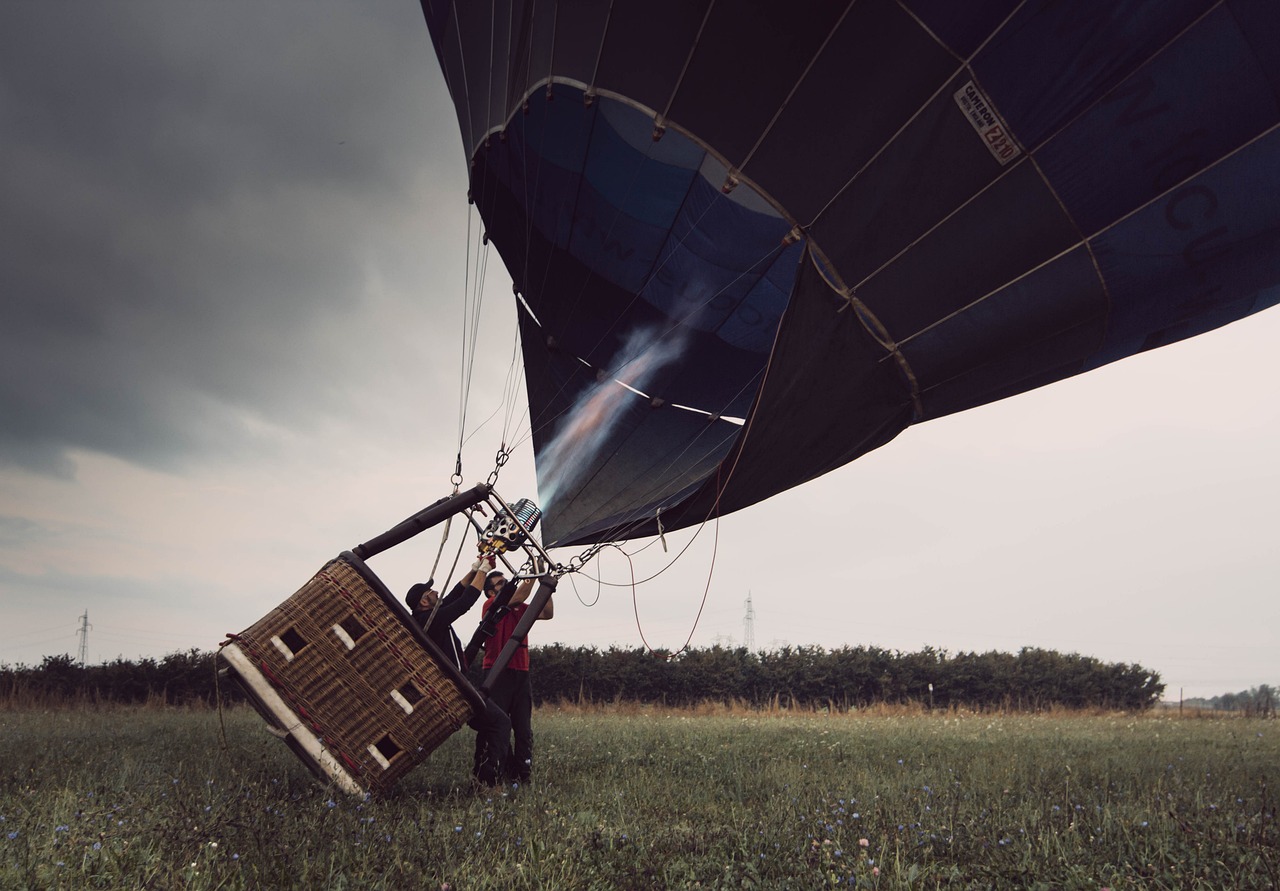Some people are concerned about the mercury contained in low energy light bulbs (also known as compact fluorescent lamps or CFLs.)
CFLs do contain a small amount of mercury – at most around 3 to 5 milligrams, often much less. However, burning fossil fuels, especially coal, to produce electricity emits mercury at the power stations. CFLs save so much energy they can actually reduce mercury emissions. The mercury can also be safely recaptured by recycling.
Of course CFLs will last for years, but when they do reach the end of their life, they come under the Waste Electrical and Electronic Equipment (WEEE) Directive. This means that they can be taken back to retailers who should be part of a recycling scheme. Staffordshire County Council will also accept the bulbs at household waste and recycling sites (eg St Albans Rd, Stafford.) where they are collected and recycled.
The problem comes when bulbs get broken! The poisonous mercury is readily vaporised and can be absorbed through the skin, ingested or breathed in. Whilst the risk is low – an Environment Agency spokesperson said that breaking 5 bulbs in a small, unventilated room might cause short-term risk – it is still best to avoid exposure. A few simple precautions will ensure safety.
Firstly don’t use a vacuum cleaner! Next, open any windows and leave the room for 15 minutes or more. Meanwhile search out some rubber gloves, your dustpan and brush and a suitable plastic bag. Carefully pick up the bits, sweep up the remains and seal them in the bag. Finally, take this to your local waste and recycling site and put it in the hazardous waste receptacle.

